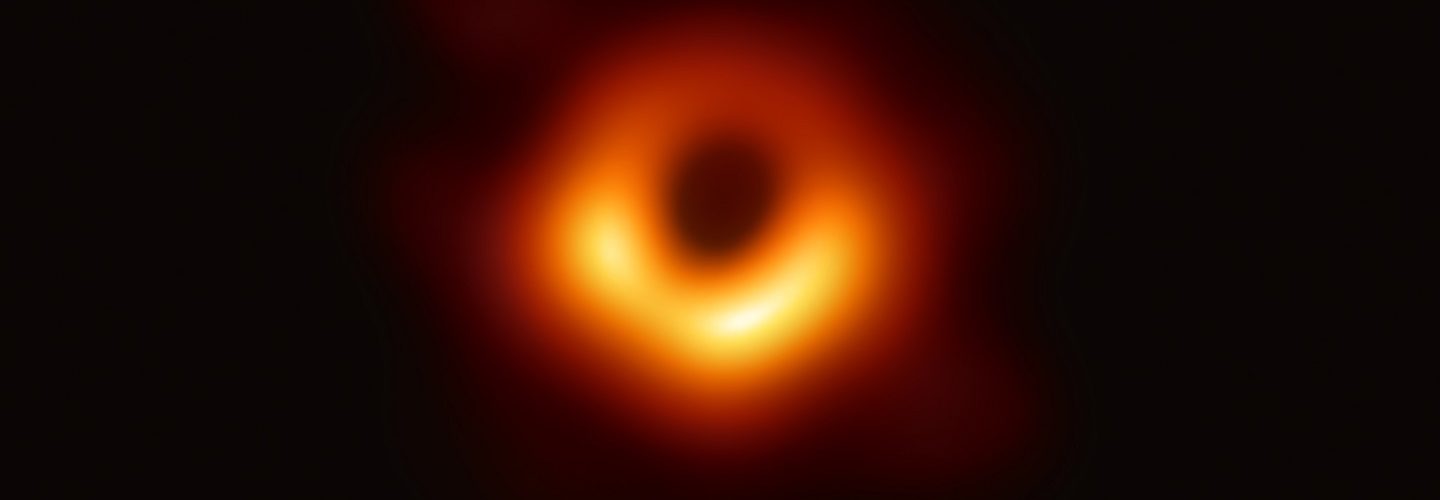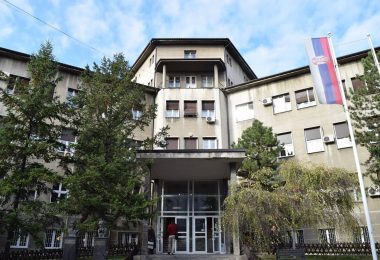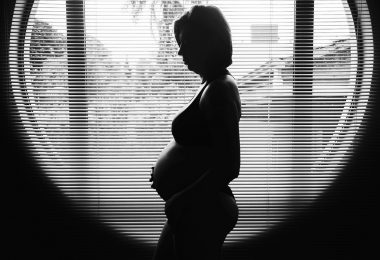We are delighted to be able to report to you today that we have seen what we have thought was unseeable. We have seen and taken a picture of a black hole. – Sheperd Doeleman, EHT Director Center for Astrophysics Harvard and Smithsonia
The first ever photo of a black hole, more specifically the super-massive black hole 55 million light years away and almost the size of our entire solar system. It took two years, 12,000 simulations, 200 researchers, 60 institutes and an international partnership of radio telescopes spread across the world, to get it.
This possibly confirms that Einstein’s theory of general relativity’s prediction of black holes was correct.
A black hole is one of the most extreme environments in the universe and nothing, not even light, can escape its event horizon. This does however show the materials going into a black hole, like gas, stars and other astrophysical bodies. The atoms of these materials are pulled into the intense gravity of the black hole which then tosses them around at extreme speeds. This causes the atoms to heat up into white-hot emissions of X-ray and other high-energy radiation.
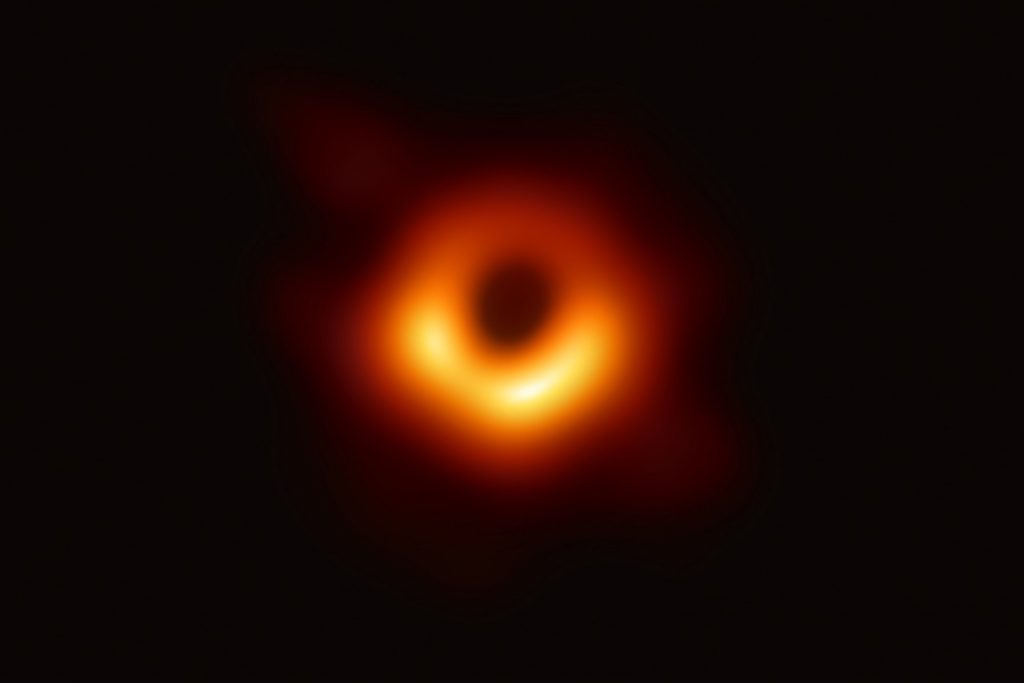
Researchers had only an idea on what they should expect from the photo based on their calculations of the black hole; an asymmetrical lopsided ring with the disk’s light warped around the event horizon, and it’s exactly what they got.
This is what the teams at the EHT detected with Messier 87. The researchers call this bright orbiting disk of hot material the black hole’s shadow. The shadow is what this photo is all about. Before this photo was taken all images of a black hole stemmed from the imagination of artists. The theory of black holes itself was not yet confirmed, albeit widely accepted. This photo not only proves the existence of black holes, but the shape of its shadow also verifies what is currently known about theoretical physics.
In 1915, Einstein proposed his theory of general relativity which attempted to explain how gravity interacts with space and time to shape the universe. He predicted that the light would bend by a certain amount when coming near immense gravity, like with our sun.
However, his theory of gravity clashes with the view of the modern theories of quantum mechanics.

Einstein predicted that the light would bend by a certain amount when coming near immense gravity, like with our sun.
Black holes could provide the key to understand and answers to these seemingly impossible questions as the theory of relativity has proven to withstand near one of the most extreme environments known to man. The next steps to take will be to understand quantum gravity.
Researchers had only an idea on what they should expect from the photo based on their calculations of the black hole; an asymmetrical lopsided ring with the disk’s light warped around the event horizon, and it’s exactly what they got.
This is a terrific feat because even the slightest deviation from general relativity could have created entirely different shadow.
Attention has been given to a 29-year-old woman who helped make taking this photo possible. Katie Bouman is a computer scientist credited with leading the creation of an algorithm that made the photo to be captured. She started working on the computer program three years ago and was responsible for leading the project while she was a graduate student in computer science and artificial intelligence at the MIT. The algorithm was then used to render the millions of gigabytes of data the EHT had collected during its decade-long mission to photograph the black hole.
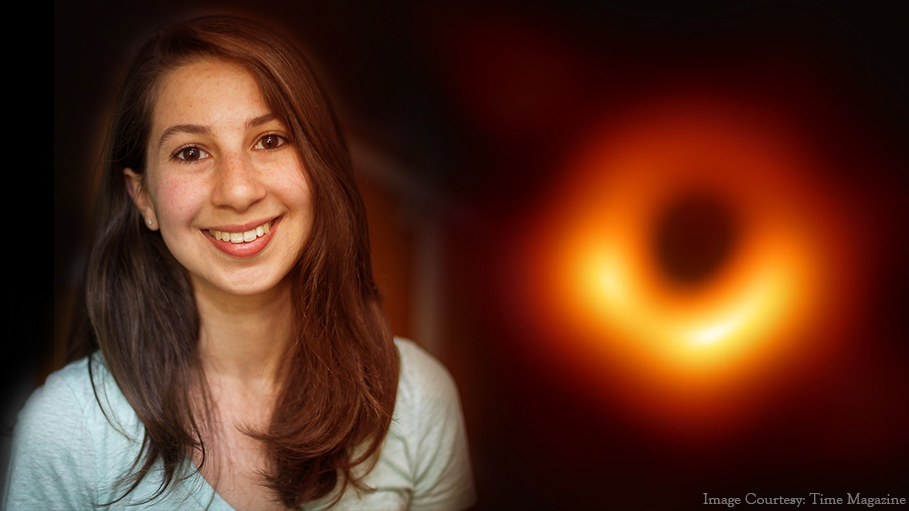
Katie Bouman is a computer scientist credited with leading the creation of an algorithm that made the photo to be captured.
She has received wide recognition for her work from celebrities and politicians. Now that she and her team have proven the existence of one of the most tremendous events to happen in the universe, they’re going to dig deeper.
Congratulations to the countless researchers worldwide that made this photo possible and for always pushing the boundaries of our understanding of the universe!
M.F.

